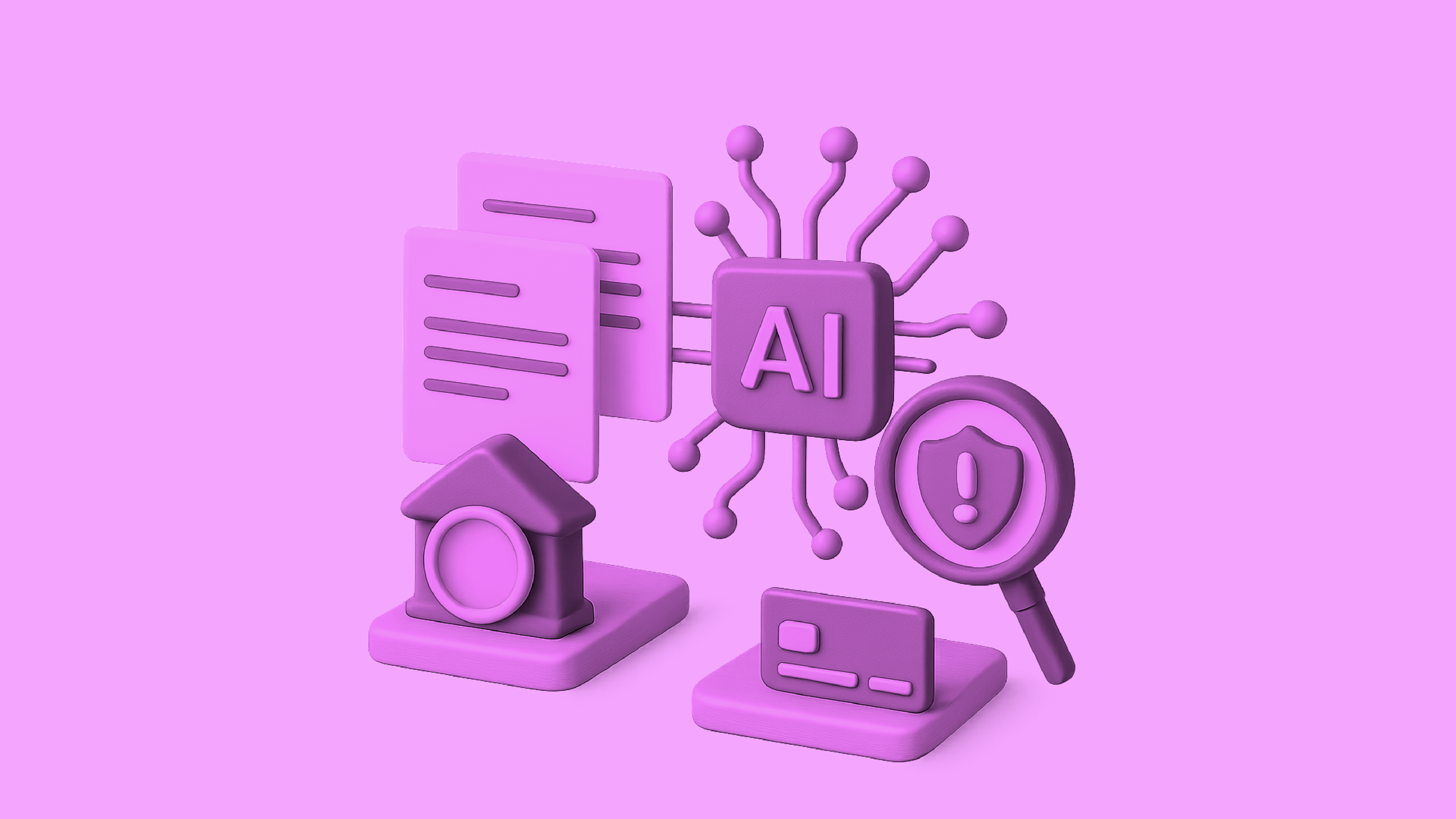Every business, whether a small shop or a large corporation, survives on cash flow. Money constantly moves in and out of the business, and keeping track of this movement is essential for stability. Two of the most important terms in this process are accounts payable and accounts receivable.
While both deal with money owed, they represent opposite sides of a company’s financial activity. Understanding how they work, how they show up in financial statements, and how they affect day-to-day operations is crucial for business owners and finance teams. This article breaks down the key differences between accounts payable and accounts receivable, why they matter, and how businesses can manage them effectively.
What is Accounts Payable?
Accounts payable (AP) refers to the money a business owes to its suppliers, vendors, or service providers. Whenever a company buys goods or services on credit, the payment due is recorded under accounts payable.
For example, if a retailer purchases raw materials from a supplier and agrees to pay within 30 days, that pending payment becomes part of the retailer’s company’s accounts payable.
On the balance sheet, accounts payable is shown as a current liability because it represents an obligation to pay within a short period, usually less than a year. This also answers a common question: Is accounts payable an asset or a liability? It is a liability, as it reflects money the company must pay out.
Managing accounts payable well is critical. Timely payments help businesses maintain strong relationships with vendors, avoid late fees, and take advantage of early payment discounts when available. Poor management, on the other hand, can lead to strained supplier relationships and even supply chain disruptions.
What is Accounts Receivable?
Accounts receivable (AR) represents the money owed to a business by its customers. It arises when a company sells goods or provides services on credit and has not yet received the payment.
For example, if a manufacturing company delivers products to a client with a payment term of 45 days, the amount billed becomes part of accounts receivable until it is collected.
Unlike AP, which is a liability, accounts receivable is recorded as a current asset on the balance sheet because it represents money that is expected to flow into the business.
Managing receivables efficiently is essential for maintaining healthy cash inflows. Delayed collections or unpaid invoices can create liquidity issues, even for profitable companies. This is why businesses often establish clear credit policies, follow up on overdue accounts, and sometimes use invoice discounting or factoring to improve cash flow.
Key Differences Between Accounts Payable and Accounts Receivable
While both AP and AR revolve around money owed, they work in opposite directions. The table below highlights the main differences:
| Aspect | Accounts Payable (AP) | Accounts Receivable (AR) |
| Definition | Money a business owes to suppliers or vendors | Money owed to a business by its customers |
| Cash Flow | Outflow of cash | Inflow of cash |
| Balance Sheet Placement | Current liability | Current asset |
| Impact on Business | Affects obligations and vendor relationships | Affects cash inflows and liquidity |
| Example | Payments to raw material suppliers, rent, or utilities | Customer invoices for products or services delivered |
Understanding these distinctions helps businesses ensure their financial records are accurate and cash flow is predictable.
Why the Distinction Matters
At first glance, accounts payable and accounts receivable may seem like mirror images. However, confusing the two can lead to major errors in financial management.
For instance, if accounts payable is mistakenly recorded as an asset, it could give the false impression that the company has more resources than it actually does. Similarly, failing to monitor accounts receivable properly may result in cash shortages, even if sales look strong on paper.
This distinction also matters for external reporting. Lenders, investors, and auditors closely review how AP and AR affect the balance sheet before making decisions. A company that consistently manages payables and receivables well is more likely to maintain strong creditworthiness and secure better financing terms.
How Do AP and AR Affect the Balance Sheet?
Both accounts payable and accounts receivable are key parts of the balance sheet.
- Accounts payable appears under current liabilities because it represents amounts due to be paid in the short term. Higher payables can indicate that a business is delaying payments, which may help with cash flow but can also strain vendor relationships.
- Accounts receivable appears under current assets, as it shows money expected to be collected soon. Large receivables may reflect strong sales, but they can also signal collection delays if customers are not paying on time.
A balance between AP and AR is essential. Too much outstanding payable can weaken supplier trust, while excessive receivables can tie up working capital and slow down growth. Businesses that maintain a healthy balance between what they owe and what they are owed usually have stronger financial stability.
How Businesses Manage AP and AR Effectively
Effective management of accounts payable and accounts receivable requires discipline, systems, and clear processes. Some key practices include:
1. Streamlined Invoice Management
Recording and verifying invoices accurately helps avoid errors and ensures timely payments. Automated systems can match invoices with purchase orders to reduce discrepancies.
2. Clear Credit Terms
Businesses should set transparent credit terms with customers and suppliers. This includes defining payment timelines, late fees, or early payment discounts.
3. Regular Reconciliation
Reconciling AP and AR regularly with bank statements ensures that records are accurate and reduces the risk of missed or duplicate payments.
4. Technology Adoption
Many businesses now use accounting software or integrated payment platforms to track AP and AR. These tools provide real-time insights, reduce manual errors, and speed up processes.
5. Monitoring Cash Flow
Tracking both payables and receivables together helps businesses anticipate cash shortages and plan ahead. For example, scheduling supplier payments after major customer collections can help balance cash flow.
Final Thoughts
Accounts payable and accounts receivable are two sides of every company’s financial activity. One tracks what the business owes, while the other tracks what is owed to the business. The key difference lies in their role on the balance sheet: AP is a liability, while AR is an asset.
Understanding this difference is more than just an accounting exercise. It shapes cash flow, influences financial decisions, and impacts relationships with suppliers and customers alike.
By managing both effectively, businesses can avoid cash crunches, strengthen trust with stakeholders, and create room for growth. Whether you are a business owner or part of a finance team, reviewing how your organization handles payables and receivables can reveal opportunities for improvement and greater financial health.





